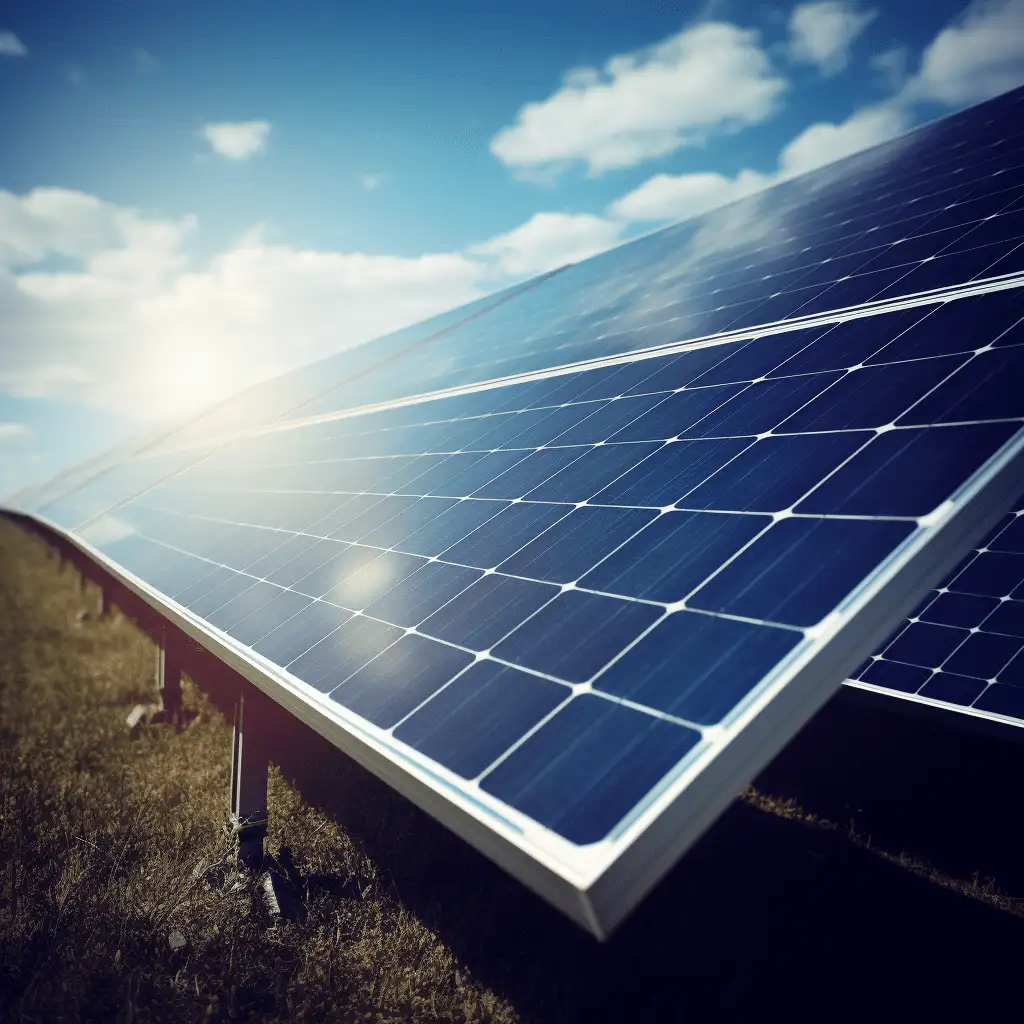The energy storage industry has experienced significant transformations, mirroring the ebb and flow of ocean tides. This article delves into the industry’s progression over the years, highlighting pivotal moments and key players that have shaped its current landscape. Our aim is to provide a detailed and insightful overview that surpasses existing analyses in depth and clarity.
The Genesis and Growth of Renewable Energy Legislation
2004: A Pioneering Year for Photovoltaic Energy
In 2004, Germany’s revision of the “Renewable Energy Sources Act” catalyzed a global photovoltaic (PV) industry boom. This legislative change, combined with China’s burgeoning solar cell production, marked the dawn of a new era. The European market’s demand drove China’s export revenues, propelling Wuxi Shangde CEO to become China’s wealthiest individual. This year laid the foundation for future growth and international collaboration in renewable energy.
2006: China’s Legislative Momentum
The promulgation of the “Renewable Energy Law of the People’s Republic of China” in 2006 further accelerated the development of China’s PV industry. This law provided a structured framework that spurred rapid advancements and positioned China as a leading player in the global renewable energy market.
2008: The Impact of Economic Turbulence
The 2008 United States subprime mortgage crisis had far-reaching effects, causing several European countries to scale back their PV policies. This resulted in decreased demand and a sharp decline in polysilicon prices, challenging the resilience of the global PV industry.

The Rise and Fall of Major Players
2009: China’s Strategic Initiatives
In 2009, China launched the Golden Sun Demonstration Project and franchise project bidding, revitalizing the PV industry. This led to the success of major companies like Suntech Power, which gained significant market share in the global PV inverter market, previously dominated by foreign brands such as Germany’s SMA and KACO, the United States’ Power One and Satcon, and Austria’s Fronius. These brands collectively held about 60% of the CR5 market share.
2011: European Debt Crisis and Industry Setbacks
The 2011 European debt crisis and subsequent ‘double reverse’ measures by Europe and the United States severely impacted the PV industry. Overcapacity and a significant backlog for Chinese companies reliant on exports led to a sharp decline in silicon material prices. Many companies went bankrupt, including the giant Shangde from Wuxi. In response, the Chinese government increased domestic support to sustain the industry.
2012: Market Consolidation and Technological Advancements
Huawei’s establishment of Huawei Digital Technology (Suzhou) Co. Ltd. in 2012 marked its entry into the inverter market. With foreign markets in a prolonged downturn, Chinese manufacturers focused domestically, leading to intense price competition. Suntech Power, Huawei, and Sungrow Electric emerged as dominant players, collectively holding over 80% of the ground-mounted power station market share. Foreign brands struggled, leading to market exits or asset sales to domestic brands.
2013: Governmental Support and Market Expansion
In 2013, the State Council issued “Several Opinions on Promoting the Healthy Development of the Photovoltaic Industry,” encouraging the development of distributed PV power generation and the construction of PV power stations. This initiative aimed to consolidate and expand international markets, fostering a more robust industry foundation.
Technological Innovations and Market Dynamics
2015: Leadership in Inverter Shipments
By 2015, Huawei and Suntech Power had surpassed SMA in inverter shipments, becoming global leaders. Suntech Power introduced a 1500V voltage level system solution, reducing Balance of System (BOS) costs and losses, which significantly contributed to the push towards grid parity. Additionally, photovoltaic poverty alleviation was identified as a key project by the State Council’s Poverty Alleviation Office, further integrating renewable energy into social development agendas.
2017: Regulatory Changes and Microinverter Solutions
Starting in 2017, the National Electrical Code (NEC) in the United States required PV arrays to have remote rapid shutdown devices, known as “module-level shutdown.” This regulation boosted the prominence of microinverter solutions in small and medium-power applications, with Huawei and Enphase leading advancements in this technology.
2018: Policy Adjustments and Market Realignments
The “531 New Policy” implemented in 2018 aimed to control PV installation scales and reduce subsidies, leading to a significant market contraction and intensified price wars. Companies like Shanyi New Energy and Maoshuo Power struggled, prompting some Chinese inverter manufacturers to seek opportunities overseas.
Market Maturity and Global Integration
2019: Achieving Grid Parity
In 2019, the extreme price competition in China’s PV market marked the beginning of grid parity. Overseas demand rebounded, with companies like Jinneng and GoodWe going public, and others like Suntech Power focusing on international markets. Aggressive price strategies by Chinese manufacturers led to market exits by companies like Schneider Electric, ABB, and General Electric from the inverter market.
2020-2022: Pandemic-Induced Market Shifts
The global COVID-19 pandemic from 2020 to 2022 spurred the camping economy and increased demand for mobile backup power. Major companies such as Huawei New Energy, Enphase, and Sungrow went public, raising significant capital and contributing to a surge in industry activity.
Conclusion
The energy storage industry has undergone profound changes over the past two decades, driven by legislative support, economic challenges, technological innovations, and market dynamics. The interplay between these factors has shaped a resilient and rapidly evolving industry that continues to push the boundaries of renewable energy integration.



